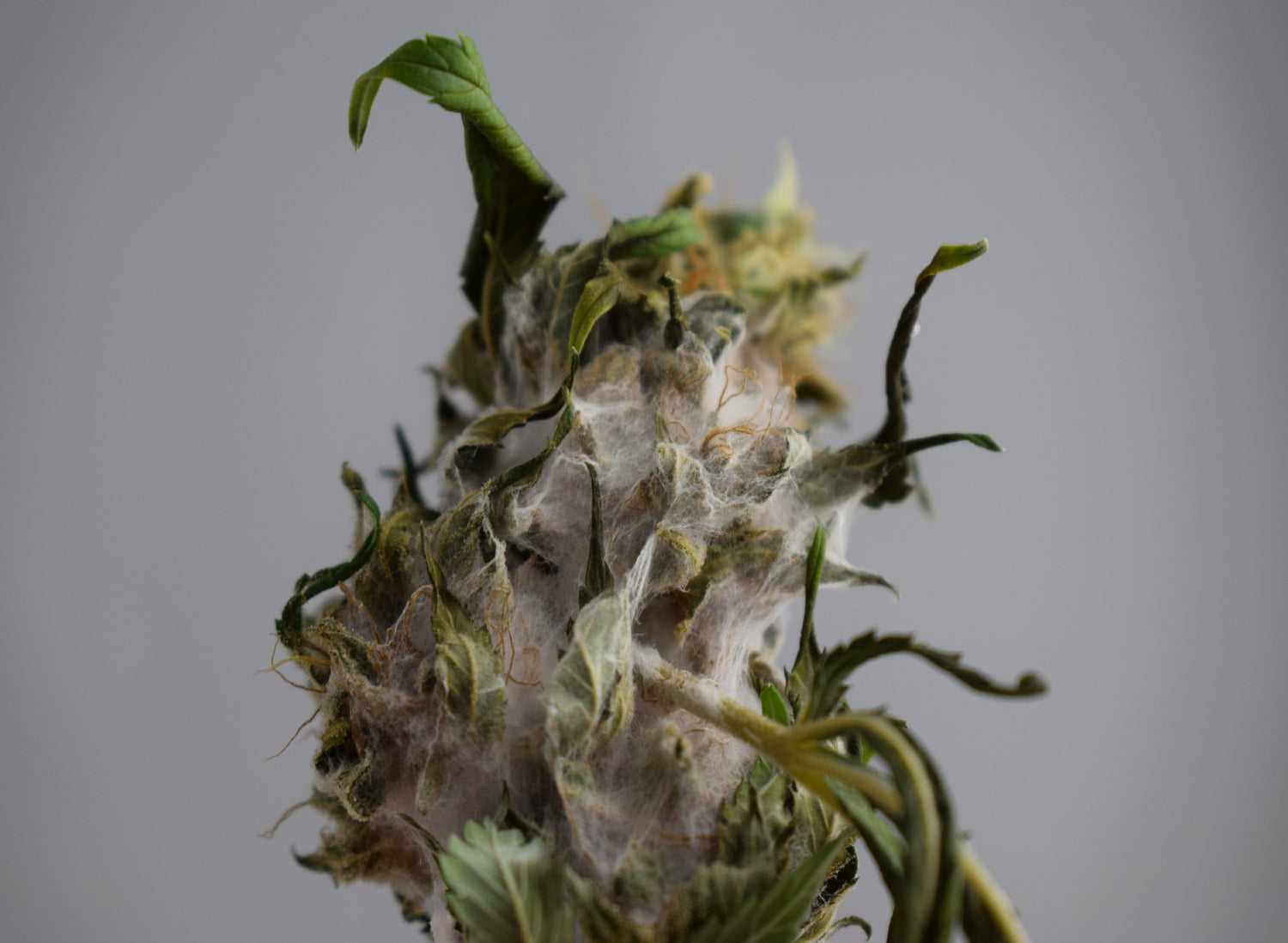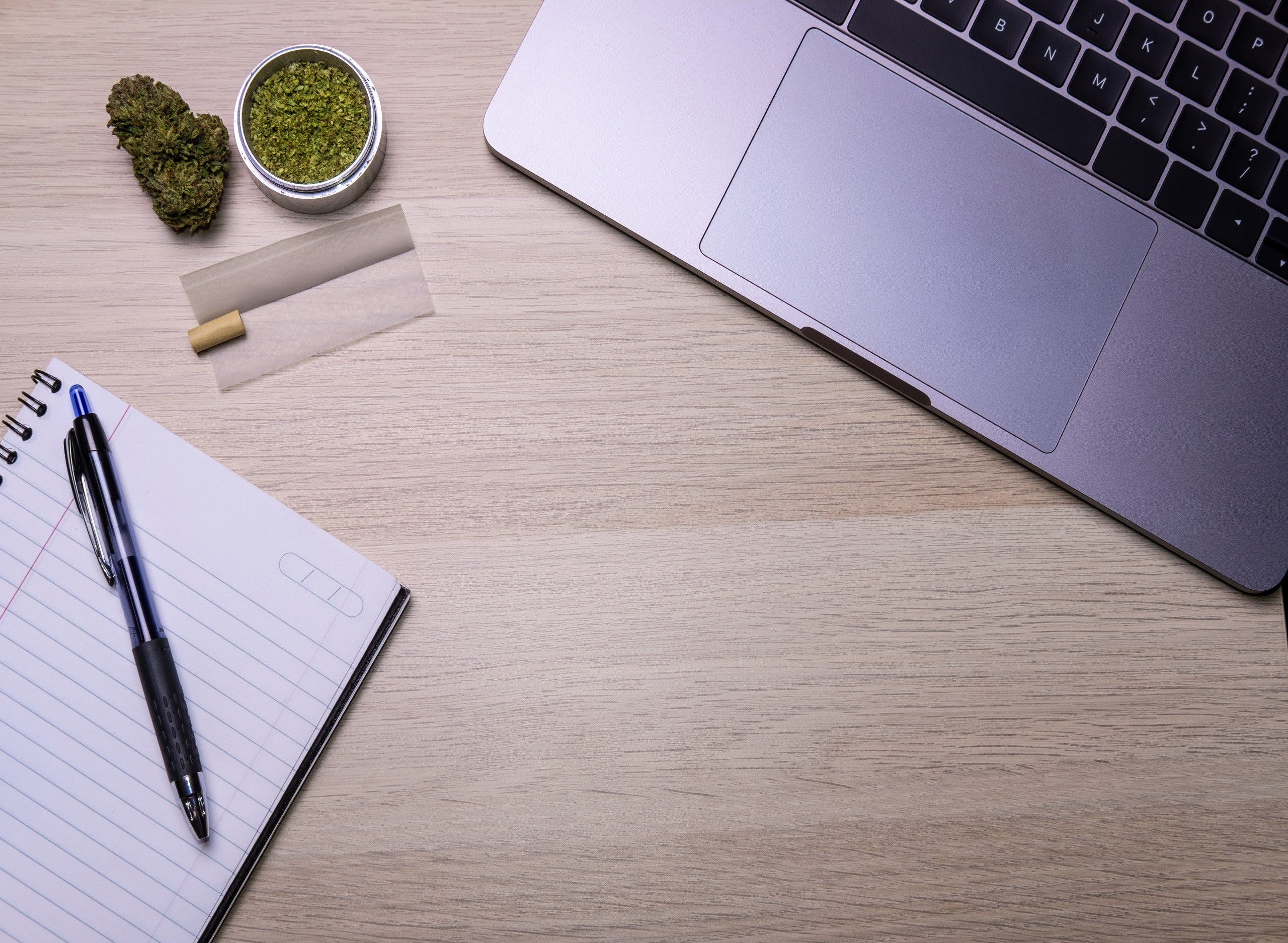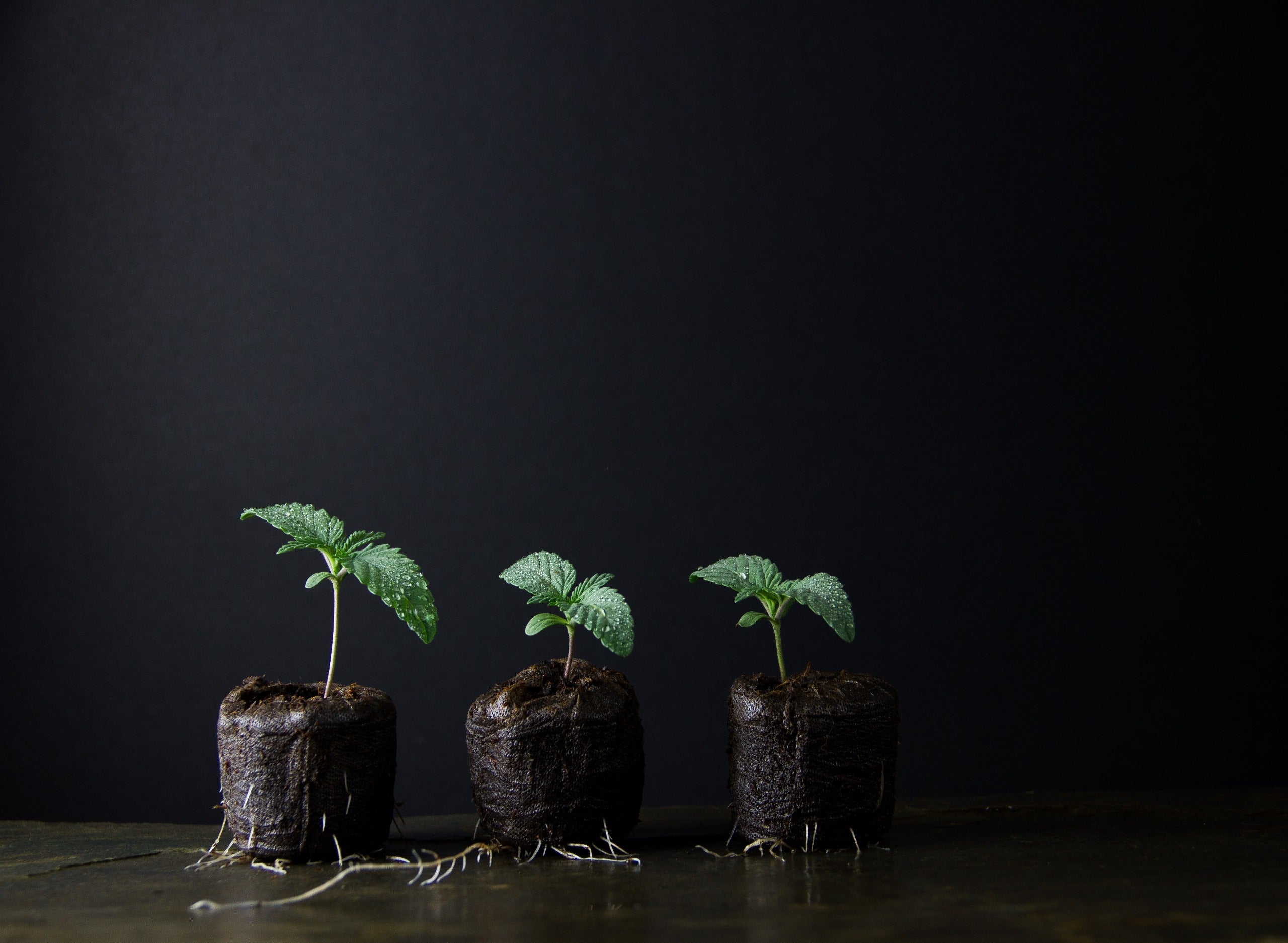Moldy weed is a concern for both cultivators and consumers of cannabis. Whether you’re growing your own or buying from a shop, understanding mold on weed is crucial for ensuring the safety and quality of your products. Let’s explore what mold is, what causes it, how it appears on cannabis, and how to handle it.
What is Mold?
Mold consists of tiny fungi that exist virtually everywhere in our environment, both indoors and outdoors. These microorganisms reproduce by releasing spores, which can settle and grow on various surfaces, including cannabis plants.
What Causes Mold On Cannabis?
Several factors can cause mold on weed. Here are some of the most prevalent ones.
1. Humidity: Cannabis stored in conditions with high humidity is more prone to mold growth. The ideal humidity levels for cannabis storage should be between 59% and 63%.
2. Poor Ventilation: Without proper air circulation, excess moisture cannot escape, making it a perfect environment for mold.
3. Darkness: Mold often thrives in dark, dank areas.
4. Temperature: Warm conditions can promote mold growth.
5. Inadequate Drying Process: If the cannabis isn’t dried correctly after harvesting, mold can develop.
What Does Moldy Weed Taste And Look Like?
If you’re wondering what moldy weed looks like, often it appears as white, gray, or fuzzy spots on the buds. This is different from trichomes in weed, which are the shiny, sticky, and crystal-like structures covering healthy cannabis. Moldy marijuana might also have a musty or damp odor, distinct from the aromatic scent of good weed.
When smoked, weed with mold tastes distinctly unpleasant – think of a stale, musty flavor, which is unlike the fresh, herbal taste of quality cannabis from good weed brands.
Moldy Weed Vs. Trichomes
It’s vital to differentiate between moldy weed v.s. trichomes. While mold appears as a powdery layer on cannabis, trichomes are shiny and crystalline. Confusing fuzzy weed containing powdery mildew as opposed to trichomes can be a grave error, as the former is harmful to consume, while the latter enhances the cannabis experience.
What Happens if You Smoke Moldy Weed?
Consuming moldy weed is harmful. Smoking or ingesting it can lead to health issues like coughing, allergic reactions, and lung infections. Some reported effects of consuming moldy weed include headaches, breathing difficulties, and nausea.
How To Identify Moldy Weed
When inspecting cannabis for mold, look for the following signs.
1. Color Changes: Unlike the green, purple, or brown shades of healthy cannabis, mold appears white, gray, or black.
2. Odor: Trust your nose. A musty or off scent is often a sign of mold.
3. Texture: Moldy weed may feel damp or overly dry and crumble easily.
Ways To Prevent Mold On Weed
Preventing cannabis mold requires diligence. Here are some measures you can take to stop your cannabis from becoming moldy.
1. Packaging: Use the right packaging to store your weed. Airtight containers are the best choice.
2. Cannabis Storage: Maintain ideal humidity levels and avoid temperature fluctuations.
3. Ventilation: Ensure proper air circulation in storage areas.
4. Check Regularly: Always inspect your cannabis before consumption.
Final Thoughts
Moldy weed can pose significant health risks for consumers. For this reason, it’s crucial to always store your marijuana in the right conditions and inspect it before use. By understanding the difference between mold and trichomes, you can enjoy a safer and more pleasurable cannabis experience.














Leave a comment
All comments are moderated before being published.
This site is protected by reCAPTCHA and the Google Privacy Policy and Terms of Service apply.